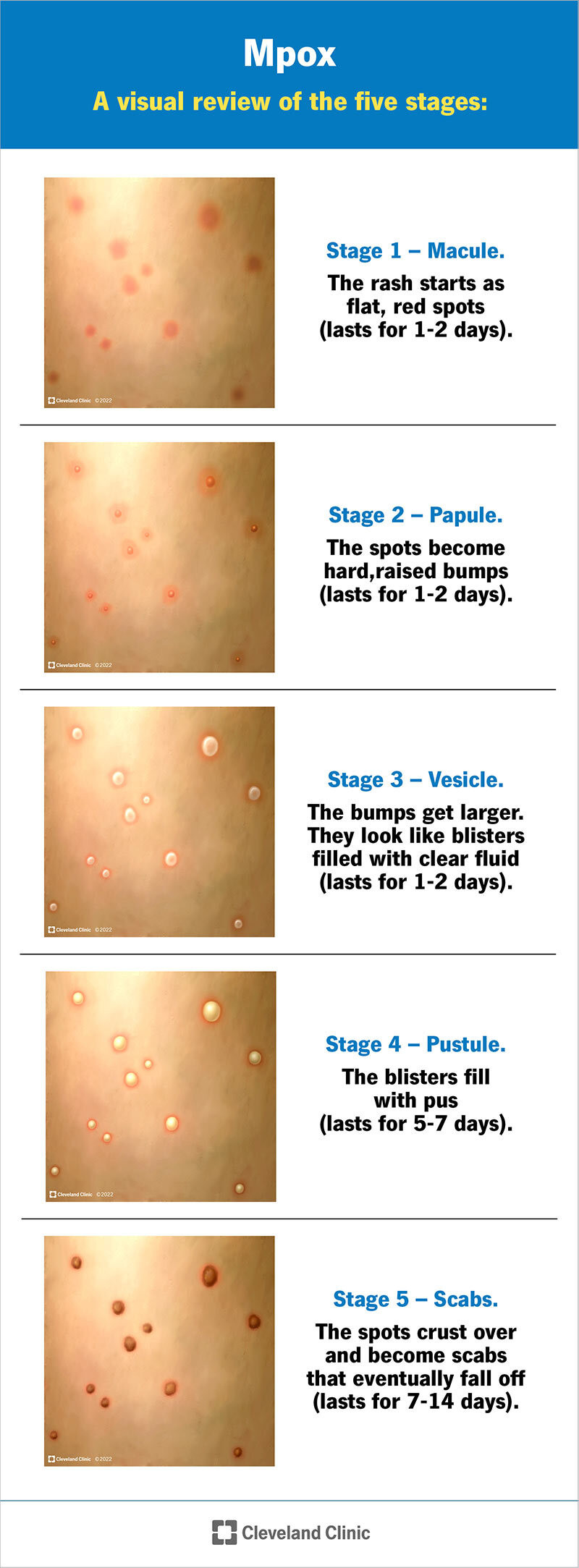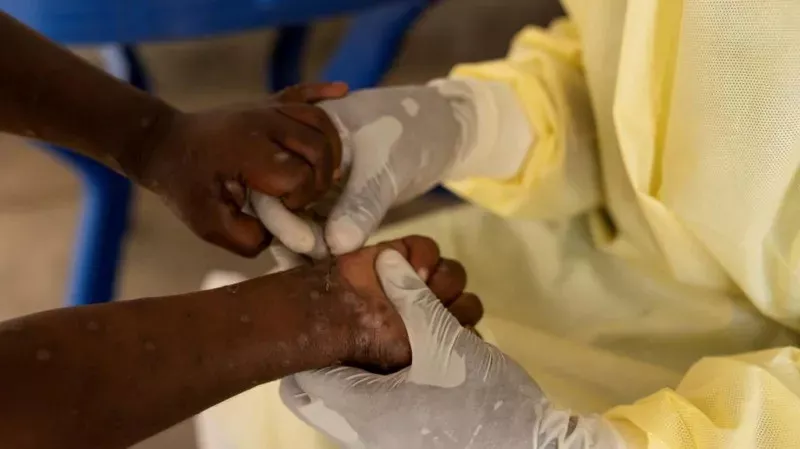WHO Declares Mpox a Public Health Emergency
The World Health Organization (WHO) has raised the alarm, declaring the mpox outbreak a public health emergency of international concern. The outbreak, particularly severe in the African continent—specifically the Democratic Republic of Congo and parts of Central and East Africa—has claimed at least 450 lives during its initial surge.
In a troubling development, Sweden’s public health agency has reported the first case of a more dangerous strain of mpox outside of Africa. The individual was infected during a stay in an African region experiencing a major outbreak of mpox Clade 1. Additionally, health authorities in Pakistan have detected cases of mpox, signaling the virus’s growing international reach.
Understanding Mpox
Mpox, previously known as monkeypox, is a viral disease transmitted through close contact, including sexual activity, skin-to-skin interactions, and even proximity during conversations. The virus causes flu-like symptoms, painful skin lesions, and in severe cases, can be fatal, with a mortality rate of approximately 4%.
Mpox is most prevalent in the tropical rainforests of West and Central Africa, where thousands of infections occur each year. The current outbreaks are exacerbated by the emergence of the more serious Clade 1b, identified in September last year.
Signs and Symptoms of Mpox
After exposure, symptoms of mpox may take several days to a few weeks to manifest. Common signs include:
- Fever
- Rash
- Swollen lymph nodes
- Chills
- Headache
- Muscle aches
- Fatigue
The characteristic rash starts as flat, red bumps that can be painful, eventually transforming into blisters filled with pus. These blisters crust over and fall off within two to four weeks. The rash can appear on various parts of the body, including the mouth, face, hands, feet, genitalia, and anus.

Image from Cleveland Clinic
Not everyone with mpox will exhibit all symptoms. Some individuals may experience only a rash, while others might develop flu-like symptoms first. In some cases, the rash may be limited to a few bumps or blisters. It’s also possible to have mpox without knowing it, yet still spread the virus to others through prolonged close contact.
Transmission: How Mpox Spreads
Mpox is primarily spread through direct contact with an infected animal or person. Person-to-person transmission occurs through contact with sores, scabs, respiratory droplets, or oral fluids of an infected person, usually in intimate situations like cuddling, kissing, or sexual activity. While research is ongoing, experts are still unsure if the virus is transmitted through semen or vaginal fluids.
Animal-to-person transmission happens through broken skin, such as bites or scratches, or direct contact with an infected animal’s blood, bodily fluids, or pox lesions. Additionally, mpox can be contracted by touching contaminated materials like clothing, bedding, or linens used by an infected person or animal.
Diagnosis and Testing
Given the rarity of mpox, healthcare providers may initially suspect other rash-related illnesses like measles or chickenpox. However, swollen lymph nodes are a distinguishing feature of mpox. To confirm a diagnosis, a healthcare provider will take a tissue sample from an open sore and send it to a lab for PCR testing, which identifies the virus's genetic fingerprint. Blood samples may also be required to detect the presence of the mpox virus or the antibodies produced by the immune system.
Treatment and Management
Currently, mpox is considered a self-limiting disease, meaning it generally resolves without treatment, with symptoms lasting from two to four weeks. Upon diagnosis, healthcare providers will monitor the patient's condition, manage symptoms, prevent dehydration, and prescribe antibiotics if secondary bacterial infections occur.
While there are no specific antiviral treatments approved for mpox, in severe cases, healthcare providers might prescribe antiviral drugs like cidofovir or tecovirimat. These drugs are approved for treating other viral infections, such as smallpox, but more research is needed to determine their efficacy against mpox.
Preventing Mpox
Prevention is crucial in controlling the spread of mpox. Vaccination is one of the most effective methods for those at risk, particularly for individuals who have been exposed or are likely to be exposed to the virus. Vaccines developed for smallpox also offer protection against mpox. Other preventive measures include reducing human contact with infected animals and limiting person-to-person transmission.
Mpox Vaccination
Vaccines originally developed for smallpox have proven effective in providing protection against mpox. However, these vaccines are currently recommended only for individuals who have been exposed to or are at high risk of exposure to the virus.









COMMENTS
Comments are moderated and generally will be posted if they are on-topic and not abusive.
For more information, please see our Comments FAQ